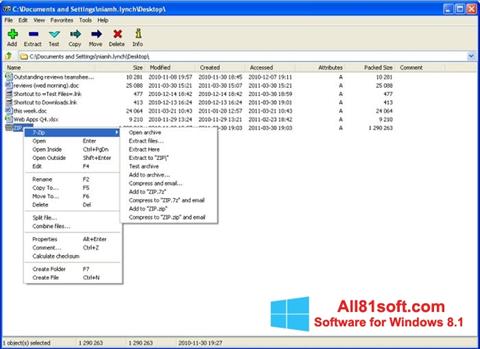

ZIP file and request that they change their folder structure and file naming conventions so that the created. ZIP file itself exceeds the 260 character limit, you will need to contact the person who created and sent you the. ZIP files.) Typically, the shorter destination path will allow you to successfully open/unpack the.

(Windows will automatically remember the most recent destination path for unpacking. The easiest way to change the default destination path is to save an image from a web browser window and select a root level destination (e.g. NET web framework to 4.6.2 or higher.Īssuming the original file path does not exceed 260 characters, another option is to change the default destination path to a root level path (e.g. Users will want to update their Microsoft. If the combined character length exceeds the 260 character limit, Windows will not be able to open the file and you will receive an error or failed event. Windows machines can properly process ZIP files whose combined original and destination file paths are less than 260 characters in length. When both paths are combined (87 + 33), it yields a total of 120 characters. In this example, the destination path contains 33 characters. If you opened the file, Windows would try to place the folders and files into the default destination path on your local computer, which may be: C://Windows/Users/John/Downloads/ In the example above, the full path contains 87 characters. Documents/Projects/1234-Parkway-Place/Public/Tender-Documents/Specifications/Manual_v1.pdf

ZIP file that contains a folder structure similar to the following: ZIP is created, the included files and the underlying folder structure is maintained to ensure that when its contents are unzipped/unpacked, the files are placed into the correct folder structure that matches the original file path. ZIP file when it exceeds the 260 character filename limit. It is a known limitation across all Windows machines that it cannot open a. The reason why you may encounter the error is related to how the Windows OS parses the filename and underlying folder structure of a.


 0 kommentar(er)
0 kommentar(er)
